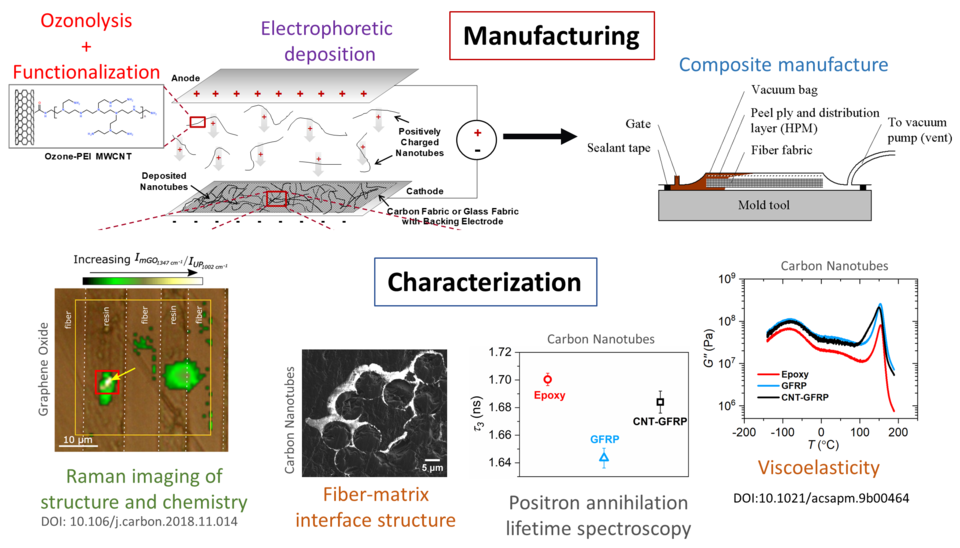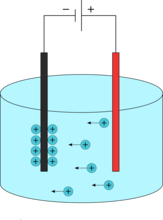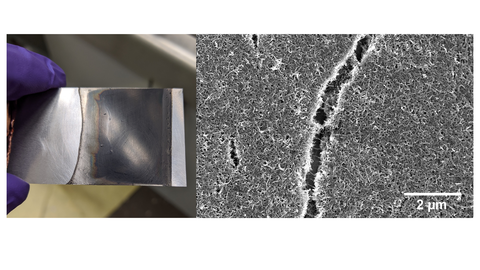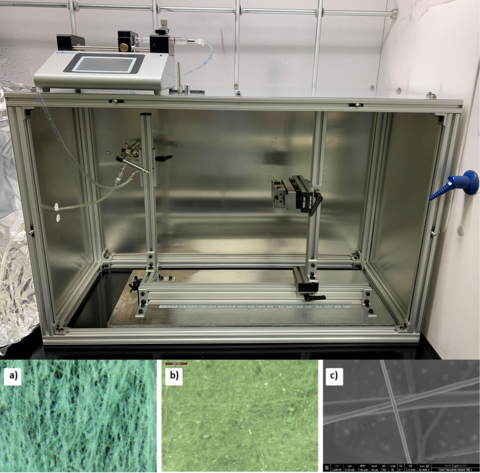Summary
Nature utilizes a hierarchy of length scales and tiered structure to build lightweight, strong, and tough materials. Engineers look to exploit the advantage of natural designs using nanomaterials to create stronger, multifunctional composites. These materials are used in protection, infrastructure, health monitoring, and self-healing applications. In this program, external flow or electrical fields are used to organize highly anisotropic materials, such as carbon nanotubes, graphene, nanocellulose, or nanoparticles, into hierarchical composites. This program seeks to develop fundamental structure-property measurements to support advanced manufacturing of a new class of composites. In particular, our focus is on damage resistant materials with long term performance.
Description

The STG develops the methods and metrology that will lead to the understanding of the structure-property relationships of hierarchical composites in real medical PPE or protective applications, which heretofore has been lacking. This work establishes in situ monitoring of advanced manufacturing processes, structural health monitoring, and actuation in particulate and fiber composites. The current program focus’ on two advanced manufacturing methods that control of hierarchical materials production over a large area. This work establishes in situ monitoring of advanced manufacturing processes coupled with characterization of the hierarchical nanocomposite. Figure 1 shows a recent demonstration of this process for a carbon nanomaterials in glass fiber reinforced structural composites. Data generated in the project is distributed via partnerships with stakeholders, standards development organizations, and materials data frameworks
Electrophoretic deposition (EPD) is a commercial technique where charged particles within a stable colloidal suspension are driven using an external electric field toward deposition (Figure 2). The biggest advantage of the technique is its simplicity and cost effectiveness along with the ability to form uniform or patterned nanometer to micrometer coatings on porous substrates.


Solution blow spinning (SBS) is a relatively new technique with great flexibility with respect to the polymer/solvent system that can be used and the end product that can be created, including films, nonwoven fiber mats, and nanocomposites. We aim to use SBS to develop novel, tunable, flexible polymer nanocomposites for body armor applications by incorporating surface-functionalized polymeric, ceramic, and metallic nanoparticles in a polymer-elastomer matrix. Using this simple fabrication process, we can rapidly (10x the rate for electrospinning) deposit conformal fibers onto both planar and nonplanar substrates and create sheets or webs of fibers at both the nano and micro scales (Figure 4). Research into SBS-generated materials will have impact on applications in products such as air filters, sensors, optical electronics, catalysts, protective equipment, and biological scaffolds. The goal of this work is to improve the mechanical stiffness, isotropy, and toughness of SBS materials, enhance their adhesion properties for incorporation in a fiber matrix, and provide enhanced properties, such as antimicrobial or antiviral protection or heat dissipation to the end product.

Major Accomplishments
Project Publications
2019
Multiscale Polymer Dynamics in Hierarchical Carbon Nanotube Grafted Glass Fiber Reinforced Composites (ACS Applied Polymer Materials)
Raman imaging of surface and sub-surface graphene oxide in fiber reinforced polymer nanocomposites (Carbon)
2018
Binary cellulose nanocrystal blends for bioinspired damage tolerant photonic films (Advanced Functional Materials)
2017

